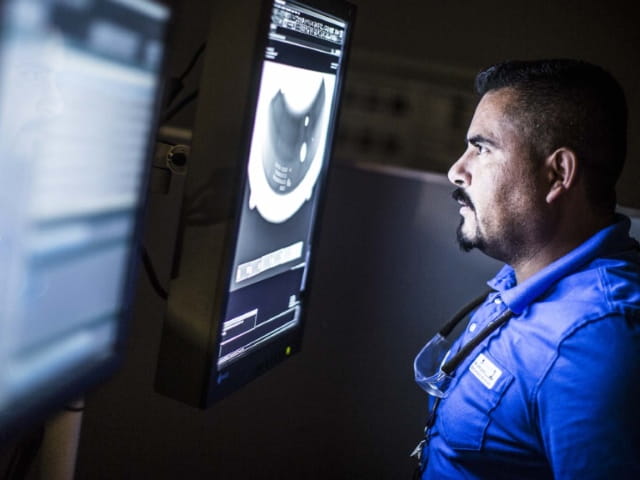The business world has seen a huge jump in the use of technology over the past few years. It doesn’t just change how tasks and daily operations get done; it creates a new challenge: managing all that tech. If you think about it, this management part is often overlooked but is **crucial** for success. Many companies miss how important it is to keep their tech organized, updated, and secure — or else they face chaos and crashes. Did you know that **over 70% of businesses** report tech management as the hardest part of their digital growth? Knowing how to handle this smartly can make or break a business’s quest to grow in a tech-driven world. Whether you’re new to tech or already familiar, mastering tech management helps you stay ahead and avoid costly mistakes. If you keep reading, you’ll find simple tips and secrets to make tech management easy and stress-free — a real game-changer.
Nowadays, technology project management is a fundamental tool for controlling different aspects of a company: from a simple hardware change to the installation of a network infrastructure.
In this article, we will see what IT project management consists of, what risks it involves and what are steps to follow to achieve efficient execution.
Project management phases
Before analyzing in detail the projects related to technology within companies, it is essential to understand that project management is a set of procedures that aim to coordinate actions to achieve a certain objective.
This process is composed of 5 specific phases that constitute the universal life cycle of a project.
Feasibility analysis
The first stage of a project consists of carrying out a feasibility assessment. Managers analyze the need for improvements and identify the feasibility of the proposed solution.
At this stage, it is necessary to consider the costs, benefits, and scope of implementation, risks, return on investment, and the timeframe involved in implementation.
If the project successfully passes this stage and its feasibility is proven, it is ready to move on to the next phase.
Project planning
Planning is a very important phase because it serves as a reference for the entire project. At this point, the team leaders must define everything that will be necessary for the implementation.
Expected objectives, timelines with deadlines for each stage, people and teams involved, resources needed, tasks to be performed and estimated costs are the main elements to be taken into account.
A lot of organization is required at this point, since any error in calculation or allocation may have a negative impact on the project management and on the analysis of the final results.
It is important to consider that large projects are usually subject to changes and updates, mainly in the area of technology, where innovations are constant.
Project implementation
Once the feasibility analysis and planning have been carried out, it is time to put it into practice. During implementation, it is essential to monitor continuously and exhaustively to determine whether the strategies are being properly implemented.
It is also important to record positive and negative incidents to identify which actions are working correctly and which need to be modified to achieve the objectives.
Project follow-up
At this stage, it is essential to monitor the workflows that make up the project in order to apply the necessary course changes in time and ensure that the initial purpose is achieved.
During this phase, the project managers check that the project is being carried out within the deadlines and budget previously established and make it possible to solve any eventuality that may interfere with the objectives.
Completion of the project
Finally, it is necessary to analyze the results to identify errors, failures, changes, and challenges that arose in the previous phases. In this way, the success or failure of the project is estimated.
In addition, at this stage, it is essential to back up all documented information if necessary for a future project.
Technology project management
Now that we have explained what project management consists of, it is time to focus on those projects that have to do with technology.
Technology project management is a set of actions that seek to plan, delimit and implement IT strategies within an organization in order to achieve technological goals in an efficient and concrete way.
Nowadays, technology is an essential component for most companies, regardless of the industry to which they belong. As a result, it is common for them to implement the management of different projects.
Among the most important types of technological processes for different organizations are software development projects, cloud storage services, hardware implementation, data security, network infrastructure upgrades, and backups, among others.
Risks and negative aspects
There is no doubt that efficient management of technology projects is essential for an organization to function properly.
However, there are some negative scenarios that can generate disadvantages for the IT sector.
Technological advancement
Technology is constantly evolving. New tools are constantly emerging and replacing their predecessors with new functionalities.
To reduce risks, it is essential to review software and hardware updates before proceeding with a technological project.

New acquisition
Precisely because the pace of change is dizzying, many CTOs implement new tools or technology solutions that have just hit the market.
Although their objective is to be up to date, the risk of not having enough references to know and check their effectiveness is high and can cause problems in the operation.
Against this backdrop, risk analysis becomes an essential tool in the technical project management process.
Recommendations for an efficient execution
Are you about to implement a technology project in your organization? Here we tell you what to take into account to enhance its effectiveness.
Establish priorities
Although there is a schedule to be met, it is common for unforeseen events to arise at some stages of the project that generate delays or readjustments.
To ensure that these episodes do not affect the whole process, it is essential that technology managers establish priorities and share them with the rest of the team.
